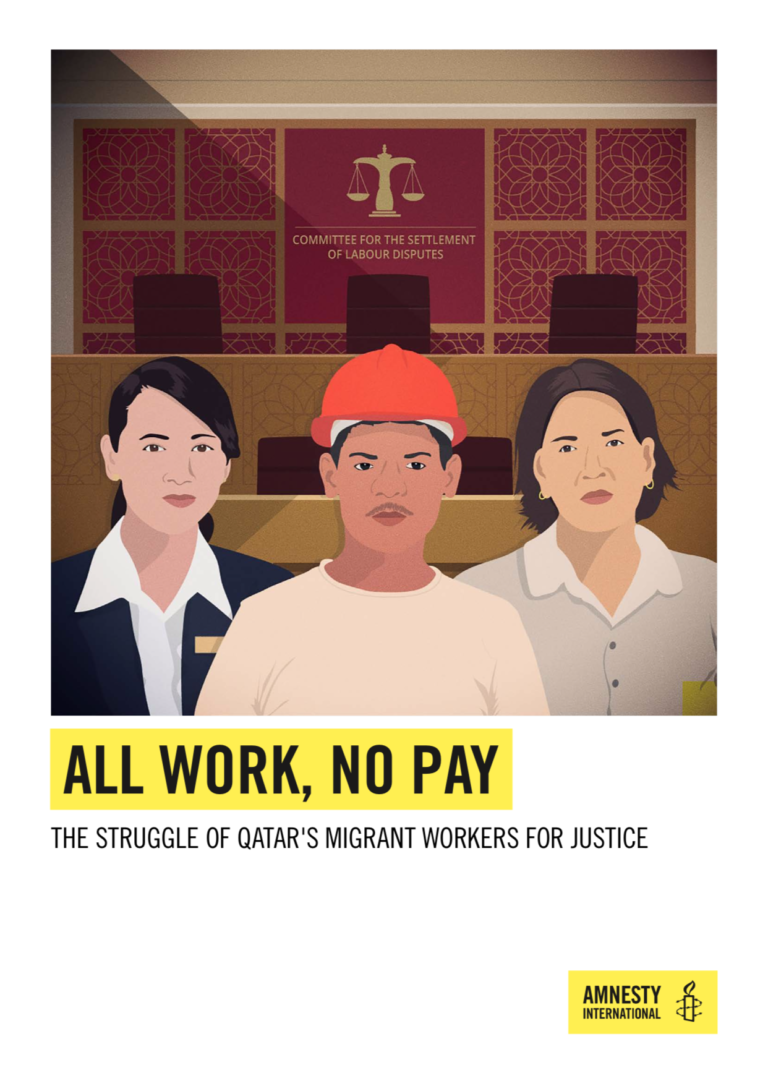Technical Convening: Methodologies for Measuring the Prevalence of Modern Slavery
PublicationsIn the last five years, there has been growing attention and investments into prevalence estimates. The increasing investment into prevalence estimates is much welcomed, but it has also led to fragmented efforts among researchers. People at The ...Read More

